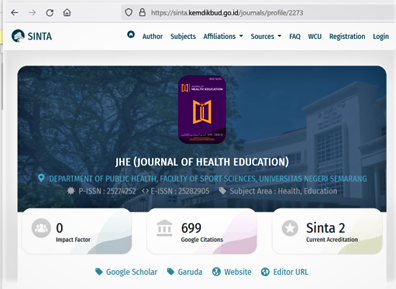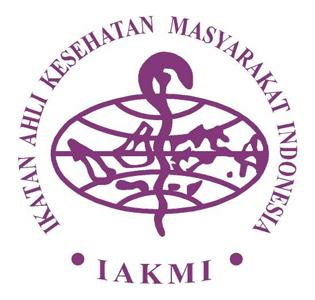The Smartphone-Based Self Management Education Improves Compliance and Self Efficacy and Reduces Blood Pressure in Hypertension Patients
Abstract
Background: Obedience to medication and diet, self-efficacy and blood pressure stability are key factors for the success of hypertension treatment. Self management education is an alternative that can be done to increase the knowledge and self-care behavior of people with hypertension. The purpose of this study was to determine the effect of smartphone-based self-management education on self-efficacy, compliance and blood pressure of hypertensive patients.
Methods: This study uses a quasi-experimental approach with a nonequivalent approach with a control group design. The sample in this study was hypertensive patients aged 17-59 years, who had a smartphone and did not experience complications. A sample of 60 people was divided into two groups. The instruments used were self-efficacy questionnaire, 8-item Moriskys Medication Obedience Scale and a mercury sphygmomanometer. The data were analyzed using the Mann Whitney test.
Results: statistical test analysis showed that there were significant differences in obedience, self-efficacy, and blood pressure in patients with hypertension between the treatment group who received smartphone-based self-management education and the control group. (P value < 0.05). These results indicate that smartphone-based self-management education is effective in increasing compliance and self-efficacy and can reduce blood pressure in patients with hypertension
Conclusion: Providing health information by using a smartphone can have a positive impact on people's behavior, it is hoped that regular monitoring of the provision of health information by using smartphone media will increase the public's health status.






